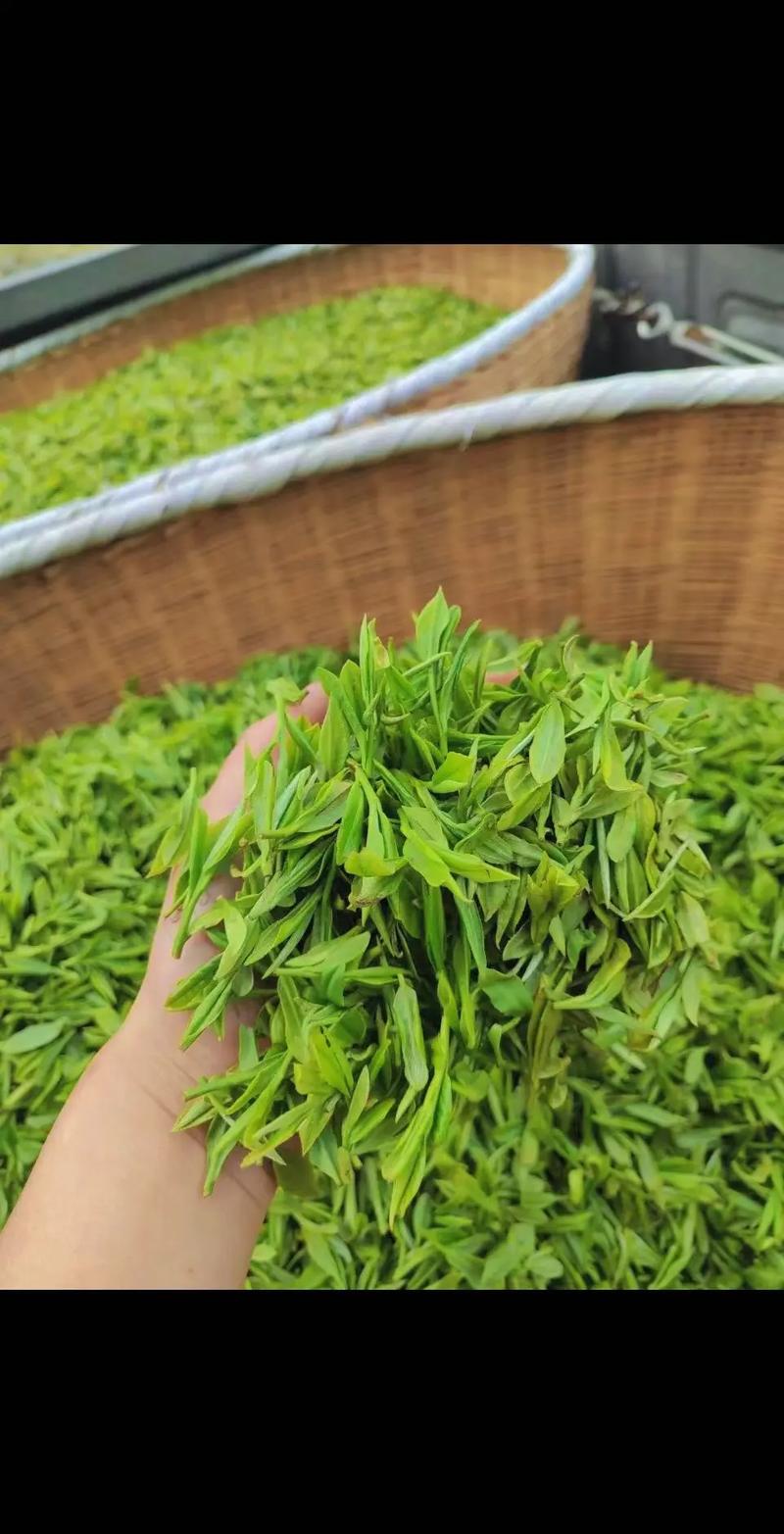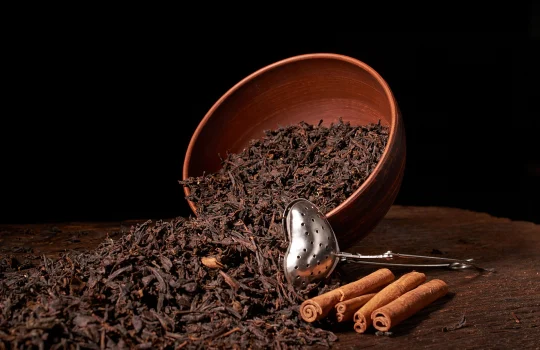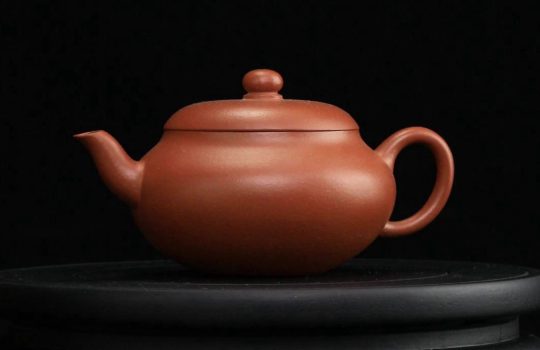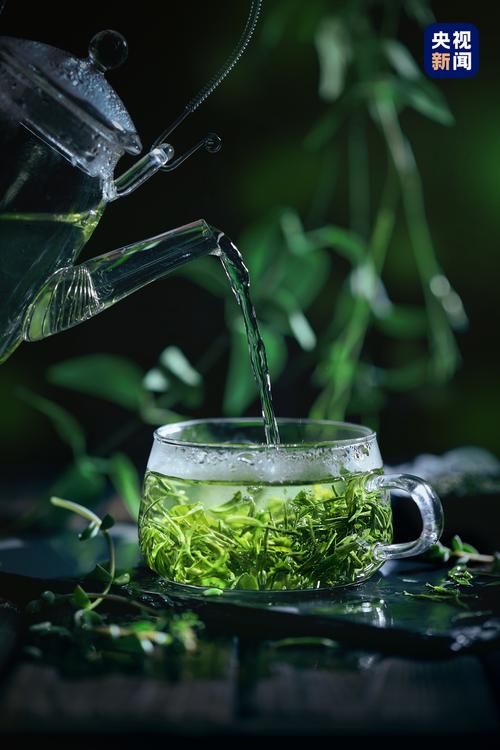Tea Appearance Evaluation
Shape
Tea leaves come in a variety of shapes, including curled, long and slender, round, flat, needle-like, and sparrow’s tongue-shaped. However, regardless of the shape of the tea leaves, when judging their quality based on appearance, the following aspects are generally considered:
the shape of the tea leaves, their tenderness, thickness, weight, uniformity, and moisture content.
1. Shape
(1) Tightness. Fine strands with small gaps and a small volume are considered tight; coarse strands with large gaps and a larger volume are considered loose.
(2) Straightness. Place the tea leaves in a clean tray and shake them to observe their flatness. Those that do not curl are considered straight, while those that do are considered curved.
(3) Roundness. Tea leaves with a length several times greater than their width are considered round if their cross-section is nearly circular; otherwise, they are considered flat.
(3) Roundness and flatness. The roundness and flatness of tea leaves primarily refer to the shape where the length is several times greater than the width. If the cross-section is nearly circular, it is considered ‘round’; otherwise, it is flat.
(4) Robustness and slenderness. Tea leaves with plump buds and thick leaf tissue contain higher levels of active components, resulting in tightly twisted, robust, and heavier tea leaves.
2. Tenderness
Tenderness is a fundamental condition determining tea quality and an important factor in shape evaluation. Tenderness is primarily assessed by the ratio of buds to young leaves, the tenderness of leaf texture, the presence of sharp tips and downy hairs, and the smoothness or roughness of the tea strands.
(1) Ratio of buds to young leaves. After refinement, buds are referred to as bud tips. The quality of tenderness is determined by a higher ratio of buds to young leaves and a greater content of buds. When evaluating, comparisons should be made based on the overall tea leaves rather than individual leaves, as buds and tender leaves vary in length, size, and thickness. If the proportion of tea buds and tender leaves is consistent across all leaves, with robust buds, heavy stems, and thick leaf texture, the quality is good; if there is uneven maturity, resulting in an irregular appearance, the quality is poorer.
(2) Sharpness and downy hairs. Sharpness refers to the sharpness of the tightly rolled buds and leaves forming the tea strands. If the tea strands are tightly knotted, the buds are uniform and sharp, and the downy hairs are visible, it indicates good tenderness and meticulous processing; if the strands are intact but lack sharpness, it indicates poor tenderness and lower quality.
. The fine hairs on the buds are called downy hairs, and those that are numerous, long, and thick are considered superior. However, the number of buds and the density of downy hairs often vary depending on factors such as variety, tea season, tea type, and processing methods, so they cannot be generalised.
(3) Smoothness. If the tea buds are tender when picked, they are soft and rich in gelatinous substances, making them easy to roll into strips, which are smooth and lustrous. If the leaves are older, they are harder in texture, making it difficult to roll them tightly, and the surface of the strips is uneven with wrinkles,
resulting in a rougher appearance of the dried tea.
3. Coarseness
Generally, finer tea leaves are preferred over coarser ones, and smaller leaves are preferred over larger ones. Oolong tea, green tea, and black tea require small particles and tightly rolled strands; for example, Longjing tea is considered superior when the leaves are flat, pointed, and small, while Wuyi Rock Tea, Anxi Tieguanyin, Gongxi, and black tea can have slightly coarser shapes. Premium oolong tea and Bai Mao Hou Silver Needle focus on tea buds, while Bai Mu Dan and Shou Mei are determined by the ratio of mature leaves to buds.
4. Weight
Generally, heavier tea has a higher refinement rate, produces a rich and durable brew, and is easier to store without spoiling; whereas coarse or poorly processed tea has a weak flavour or a strong watery taste. Strip-shaped tea should be as heavy as iron wire; ball-shaped tea should be as heavy as a steel ball; round pearl-shaped tea should be evaluated based on the tightness, uniformity, weight, and density of the particles, with round, tight, heavy, and uniform particles being preferable, while flat, loose, light, and hollow particles are inferior.
Colour and Luster
The colour and luster of dry tea are primarily evaluated based on colour intensity and luster. Each type of tea has specific colour requirements. For example, black tea is best when it is jet-black and lustrous, followed by dark brown or reddish-brown, with brownish-red being the least desirable; green tea is best when it is emerald green or deep green with a lustrous sheen, with yellowish-green or unevenly coloured being less desirable, and dry, yellowish, or mottled being the least desirable; Oolong tea is best when it is jade green, lustrous, and has a jewel-like colour; those with uneven yellow-green hues are of lower quality, and those with dull, dark red hues are the worst; black tea is best when it is oily black; those with yellow-green or iron plate hues are of lower quality. Integrity and Fragmentation
Whole or broken refers to the uniformity of the tea leaves’ appearance. Raw tea generally requires maintaining the natural shape of the tea leaves, with intact leaves being preferable and broken leaves being inferior. For refined tea, the evaluation of whole or broken primarily assesses whether the blending ratio of various types of tea is appropriate, requiring uniform screening without gaps, flat surface tea leaves, and lower tea content not exceeding the standard, with the upper, middle, and lower sections of tea seamlessly connected.
1. Uniformity
This primarily assesses the proportion of ‘target shape’ relative to the total. Generally, famous teas, refined teas, and finished teas place great emphasis on uniformity.
2. Moisture Content
The moisture content of various raw teas is typically 6%–7%, which ensures stable quality. Tea with moisture content exceeding 8% is prone to aging, and tea exceeding 12% is prone to mould. To determine the moisture content of tea leaves, in addition to using instruments for precise measurement, manual testing can also be employed. When manually testing the moisture content of tea leaves, the process can be summarised in six steps: grasp, hold, press, pinch, twist, and fold, combined with observation, listening, and smelling, as tea leaves with different moisture contents exhibit distinct appearances and sensations.
Purity
Purity refers to the degree of impurities in tea leaves. Tea impurities are divided into tea-related impurities and non-tea-related impurities.
1. Tea-related impurities
Tea-related impurities, also known as by-products, include coarse tea, light fragments, tea stems, tea seeds, tea husks, tea dust, and tea hair; tea leaves free of impurities are called pure tea, which generally have tight strands and a heavy body.
2. Non-tea impurities
Non-tea impurities are divided into intentional and unintentional categories. Unintentional impurities refer to foreign objects accidentally mixed into tea during picking, processing, storage, or transportation, such as stones or weeds. Intentional impurities refer to foreign objects deliberately added by humans for specific purposes, such as starch paste, gelatinous substances, or talcum powder used to solidify tea leaves.




